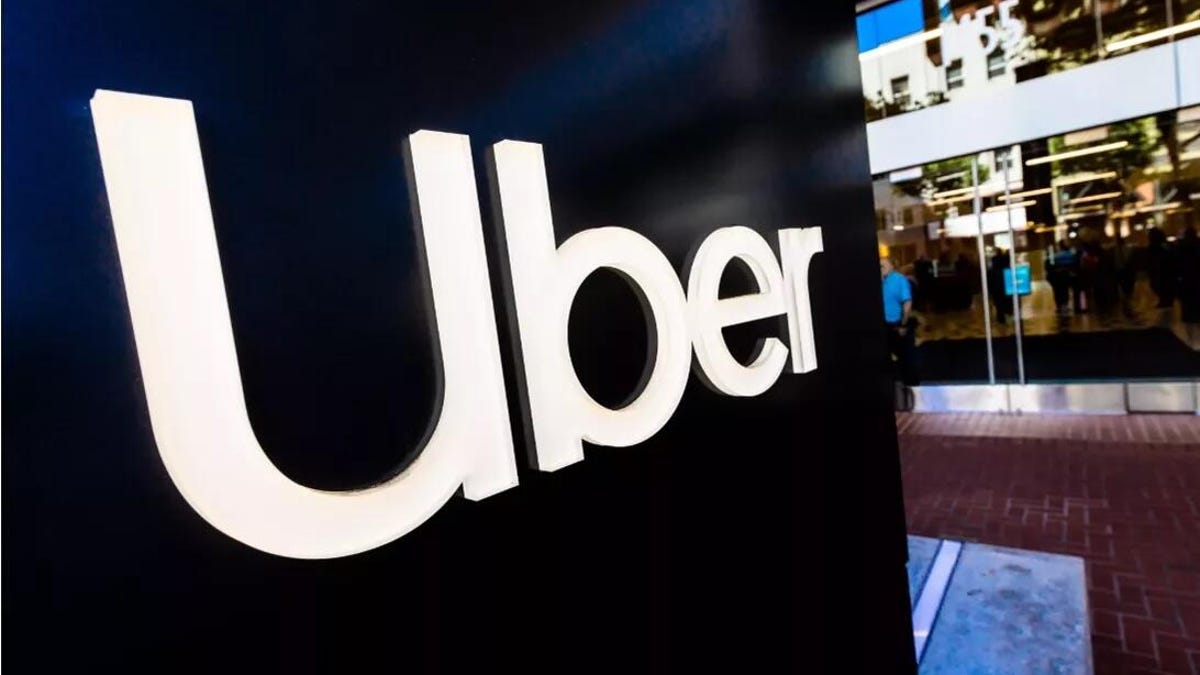Technologies
Don’t Make These Mistakes When Recycling Paper and Cardboard
There are some cases where you shouldn’t toss your boxes straight into a recycling bin. We’ll explain.
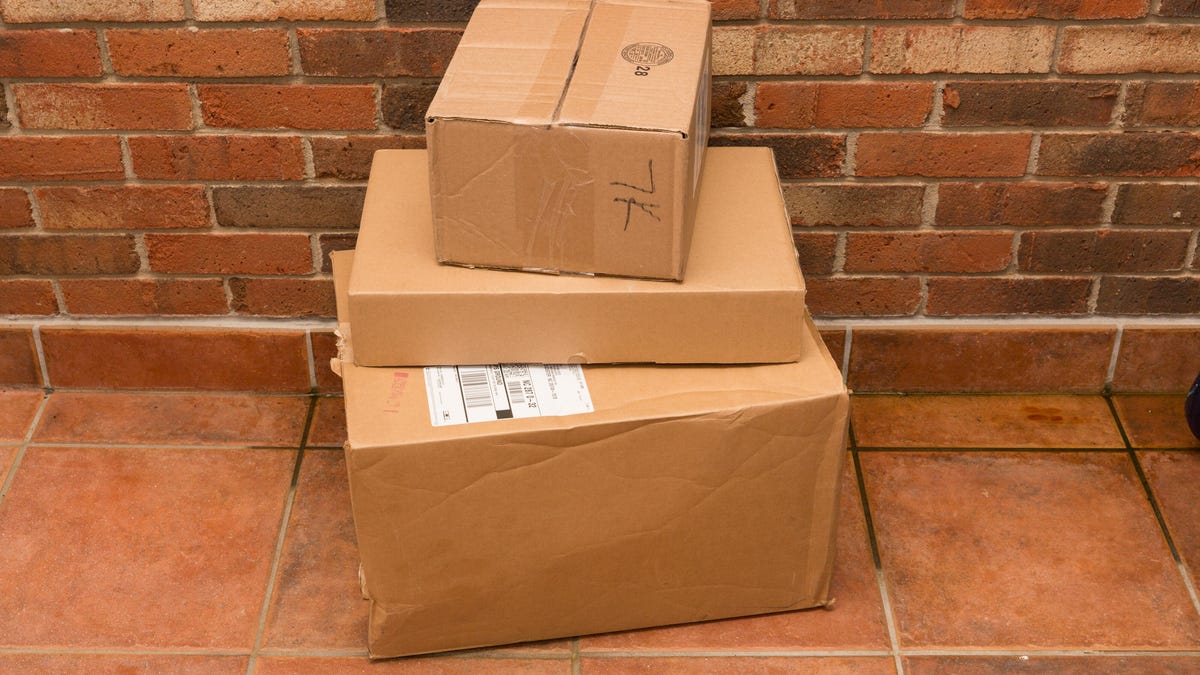
Are you recycling your cardboard boxes? If you’re like me, you always have a ton of boxes from receiving weekly meal kits or having lazy pizza nights. You might toss them into a recycling bin and never think about them again. But not all boxes and paper can be recycled.
Here’s an example: the pizza boxes you’ve been «recycling» are actually getting thrown away by employees at the recycling center (more below). The same goes for the glossy wrapping paper you thought would be fine to put into the paper recycling.
According to the St. Charles County recycling center, 1 billion trees’ worth of paper is thrown in the trash annually, in the US alone. I spoke with some recycling experts and here’s what I found about the right way to recycle paper and cardboard.
How to recycle cardboard
There’s a right way to recycle your paper and cardboard. For example, you can recycle an Amazon box, but not a greasy pizza box. This is because the oils from the pizza saturate the cardboard, making it unrecyclable. It’s not completely impossible to recycle contaminated boxes. A recycling center employee told CNET to cut out the part of the cardboard that has residue on it. You can place the soiled partin your compost bin.
Before you bring the cardboard to your nearest recycling center or put it in a bin for pickup, break the boxes down so that they’re lying flat. This helps make more room in the bin and helps the recycling team to easily put the cardboard into their processing machines. Also, remove all contents from the inside, like bubble wrap.
Also, if you’re placing cardboard into a recycling bin without a lid, make sure it’s covered in case it rains. Wet cardboard can clog up the machines, causing an entire batch of cardboard to become contaminated.
If possible, remove the tape from the boxes before taking the cardboard to the recycling center, as well. Saving the employees a step can help make the recycling process more efficient.
The Environmental Protection Agency suggests checking with your local recycling provider for the proper way to recycle cardboard to ensure you’re following their standards.
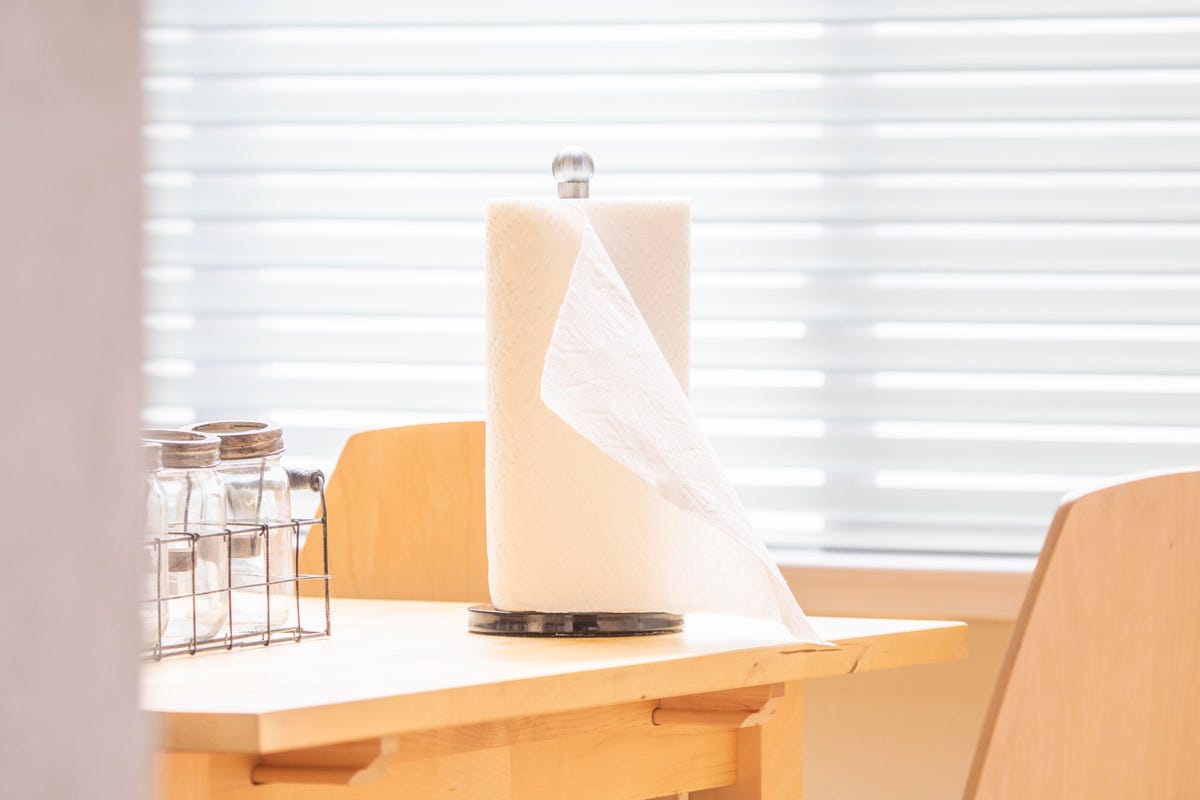
How to recycle paper
Just like cardboard, there are certain types of paper you shouldn’t recycle. For example, the paper towel you used to wipe up spilled milk or gift wrap with a glossy finish. The EPA recommends looking for paper that has already been recycled when you go shopping so you know that the paper can be recycled again.
When it comes time to recycle the paper you’ve used, avoid getting it wet as it reduces the value in the recycling market. Instead, keep it separate from other recyclables, like anything that could leak liquid. Also, wait until the morning of pickup to take the paper out to the curb if your bin doesn’t have a lid to prevent it from becoming wet due to rain.
Also, many recycling companies won’t accept shredded paper because it can get stuck in the machinery, so avoid shredding your paper. Instead, if there are confidential documents you want to recycle, like bank statements, use a marker to mark out important information.
What else can I do?
Recycling is one way to help reduce waste, but there are other ways to prevent it in the first place.
- Limit your use of paper.
- Reuse cardboard boxes or donate them to someone who will use them — for example, someone who’s moving.
- See if the companies sending you boxes will take them back for reuse.
- Reuse gift bags and tissue paper, and consider using paper gift wrap.
Technologies
Brain-Inspired Algorithms Could Dramatically Cut AI Energy Use
A new study dives into a major redesign for AI architecture.
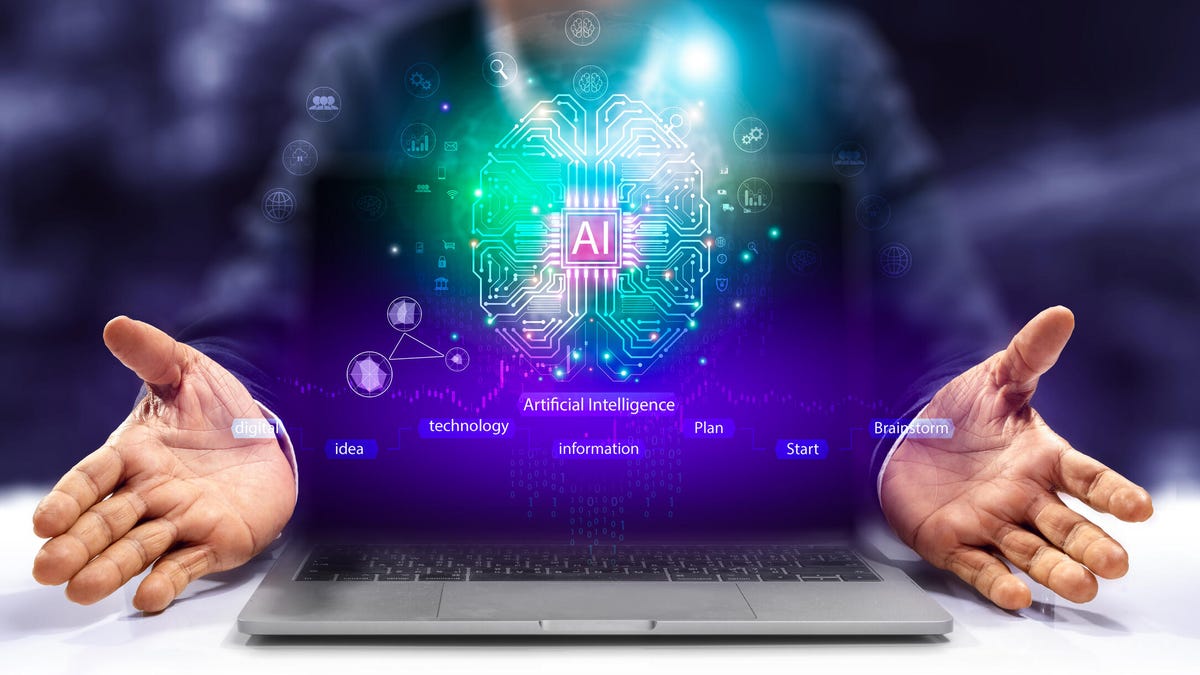
One major issue facing artificial intelligence is the interaction between a computer’s memory and its processing capabilities. When an algorithm is in operation, data flows rapidly between these two components. However, AI models rely on a vast amount of data, which creates a bottleneck.
A new study, published on Monday in the journal Frontiers in Science by Purdue University and the Georgia Institute of Technology, suggests a novel approach to building computer architecture for AI models using brain-inspired algorithms. The researchers say that creating algorithms in this manner could reduce the energy costs associated with AI models.
«Language processing models have grown 5,000-fold in size over the last four years,» Kaushik Roy, a Purdue University computer engineering professor and the study’s lead author, said in a statement. «This alarmingly rapid expansion makes it crucial that AI is as efficient as possible. That means fundamentally rethinking how computers are designed.»
Don’t miss any of our unbiased tech content and lab-based reviews. Add CNET as a preferred Google source. Don’t miss any of our unbiased tech content and lab-based reviews. Add CNET as a preferred Google source.
Most computers today are modeled on an idea from 1945 called the von Neumann architecture, which separates processing and memory. This is where the slowdown occurs. As more people around the world utilize data-hungry AI models, the distinction between a computer’s processing and memory capacity could become a more significant issue.
Researchers at IBM called out this problem in a post earlier this year. The issue computer engineers are running up against is called the ‘memory wall.’
Breaking the memory wall
The memory wall refers to the disparity between memory and processing capabilities. Essentially, computer memory is struggling to keep up with processing speeds. This isn’t a new issue. A pair of researchers from the University of Virginia coined the term back in the 1990s.
But now that AI is prevalent, the memory wall issue is sucking up time and energy in the underlying computers that make AI models work. The paper’s researchers argue that we could try a new computer architecture that integrates memory and processing.
Inspired by how our brains function, the AI algorithms referred to in the paper are known as spiking neural networks. A common criticism of these algorithms in the past is that they can be slow and inaccurate. However, some computer scientists argue that these algorithms have shown significant improvement over the last few years.
The researchers suggest that AI models should utilize a concept related to SNNs, known as compute-in-memory. This concept is still relatively new in the field of AI.
«CIM offers a promising solution to the memory wall problem by integrating computing capabilities directly into the memory system,» the authors write in the paper’s abstract.
Medical devices, transportation, and drones are a few areas where researchers believe improvements could be made if computer processing and memory were integrated into a single system.
«AI is one of the most transformative technologies of the 21st century. However, to move it out of data centers and into the real world, we need to dramatically reduce its energy use,» Tanvi Sharma, co-author and researcher at Purdue University, said in a statement.
«With less data transfer and more efficient processing, AI can fit into small, affordable devices with batteries that last longer,» Sharma said.
Technologies
Today’s NYT Connections: Sports Edition Hints and Answers for Dec. 17, #450
Here are hints and the answers for the NYT Connections: Sports Edition puzzle for Dec. 17, No. 450.
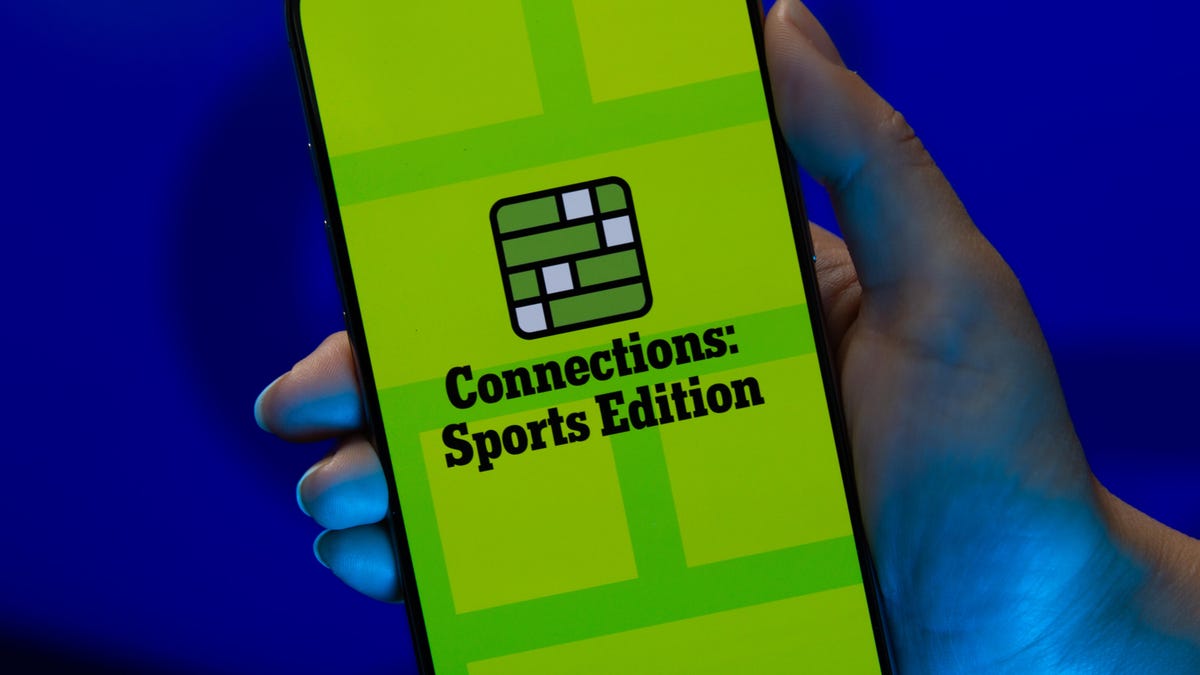
Looking for the most recent regular Connections answers? Click here for today’s Connections hints, as well as our daily answers and hints for The New York Times Mini Crossword, Wordle and Strands puzzles.
Today’s Connections: Sports Edition is pretty challenging. How well do you know French soccer? If you’re struggling with today’s puzzle but still want to solve it, read on for hints and the answers.
Connections: Sports Edition is published by The Athletic, the subscription-based sports journalism site owned by The Times. It doesn’t appear in the NYT Games app, but it does in The Athletic’s own app. Or you can play it for free online.
Read more: NYT Connections: Sports Edition Puzzle Comes Out of Beta
Hints for today’s Connections: Sports Edition groups
Here are four hints for the groupings in today’s Connections: Sports Edition puzzle, ranked from the easiest yellow group to the tough (and sometimes bizarre) purple group.
Yellow group hint: Put it on your noggin.
Green group hint: Goes before a division of the year.
Blue group hint: French football.
Purple group hint: Think Louisville Slugger.
Answers for today’s Connections: Sports Edition groups
Yellow group: Headgear.
Green group: Prefixes to -season.
Blue group: Ligue 1 teams.
Purple group: Batting ____.
Read more: Wordle Cheat Sheet: Here Are the Most Popular Letters Used in English Words
What are today’s Connections: Sports Edition answers?
The yellow words in today’s Connections
The theme is headgear. The four answers are cap, hat, mask and visor.
The green words in today’s Connections
The theme is prefixes to -season. The four answers are mid, off, post and pre.
The blue words in today’s Connections
The theme is Ligue 1 teams. The four answers are Lens, Marseille, Nice and PSG.
The purple words in today’s Connections
The theme is batting ____. The four answers are average, gloves, practice and stance.
Don’t miss any of our unbiased tech content and lab-based reviews. Add CNET as a preferred Google source.
Technologies
Uber Subscription Battle Escalates as 21 States and DC Join FTC Lawsuit
The FTC says Uber made it difficult for customers to cancel its Uber One subscription service and failed to deliver savings.
-

 Technologies3 года ago
Technologies3 года agoTech Companies Need to Be Held Accountable for Security, Experts Say
-

 Technologies3 года ago
Technologies3 года agoBest Handheld Game Console in 2023
-

 Technologies3 года ago
Technologies3 года agoTighten Up Your VR Game With the Best Head Straps for Quest 2
-

 Technologies4 года ago
Technologies4 года agoBlack Friday 2021: The best deals on TVs, headphones, kitchenware, and more
-

 Technologies4 года ago
Technologies4 года agoVerum, Wickr and Threema: next generation secured messengers
-

 Technologies4 года ago
Technologies4 года agoGoogle to require vaccinations as Silicon Valley rethinks return-to-office policies
-

 Technologies4 года ago
Technologies4 года agoOlivia Harlan Dekker for Verum Messenger
-

 Technologies4 года ago
Technologies4 года agoiPhone 13 event: How to watch Apple’s big announcement tomorrow

